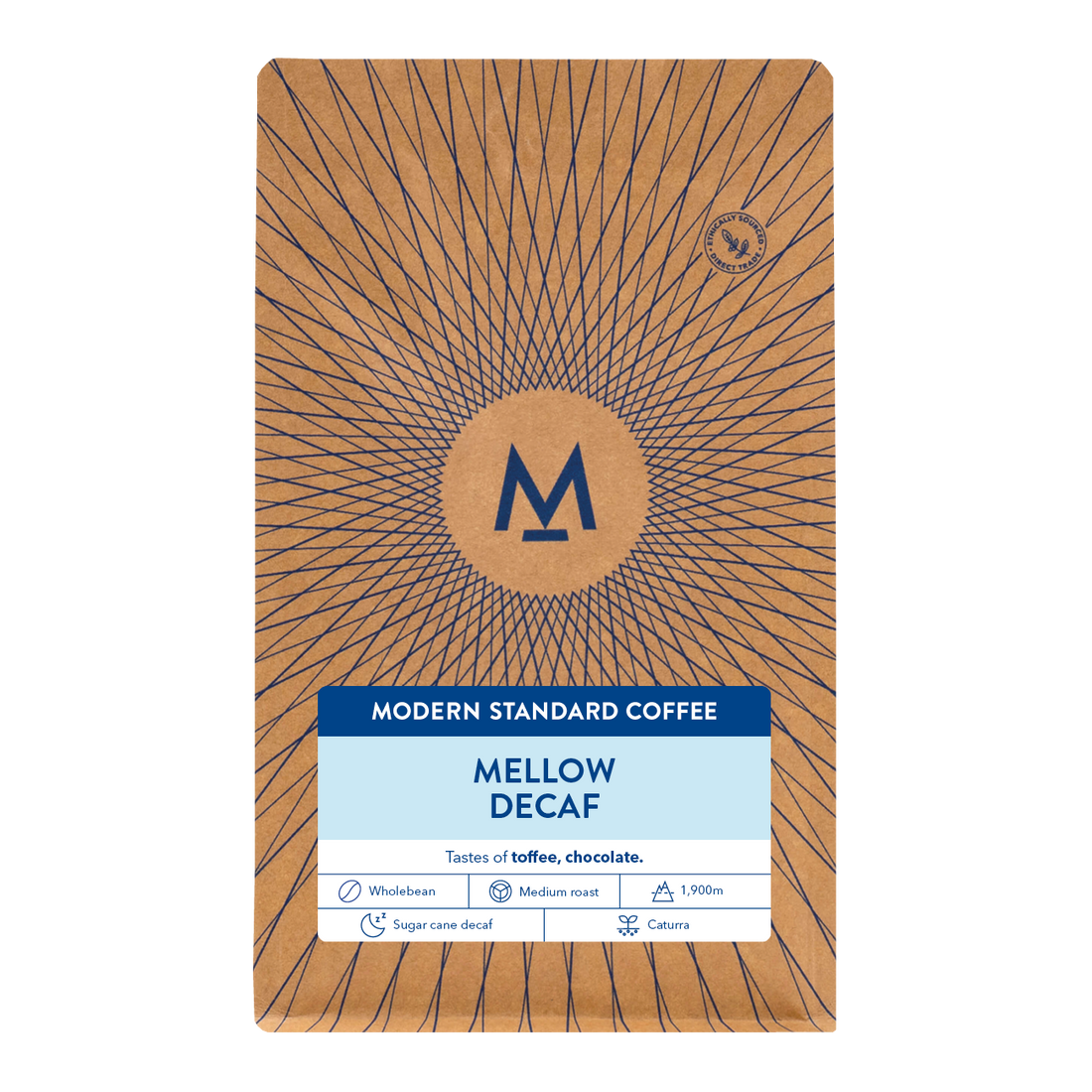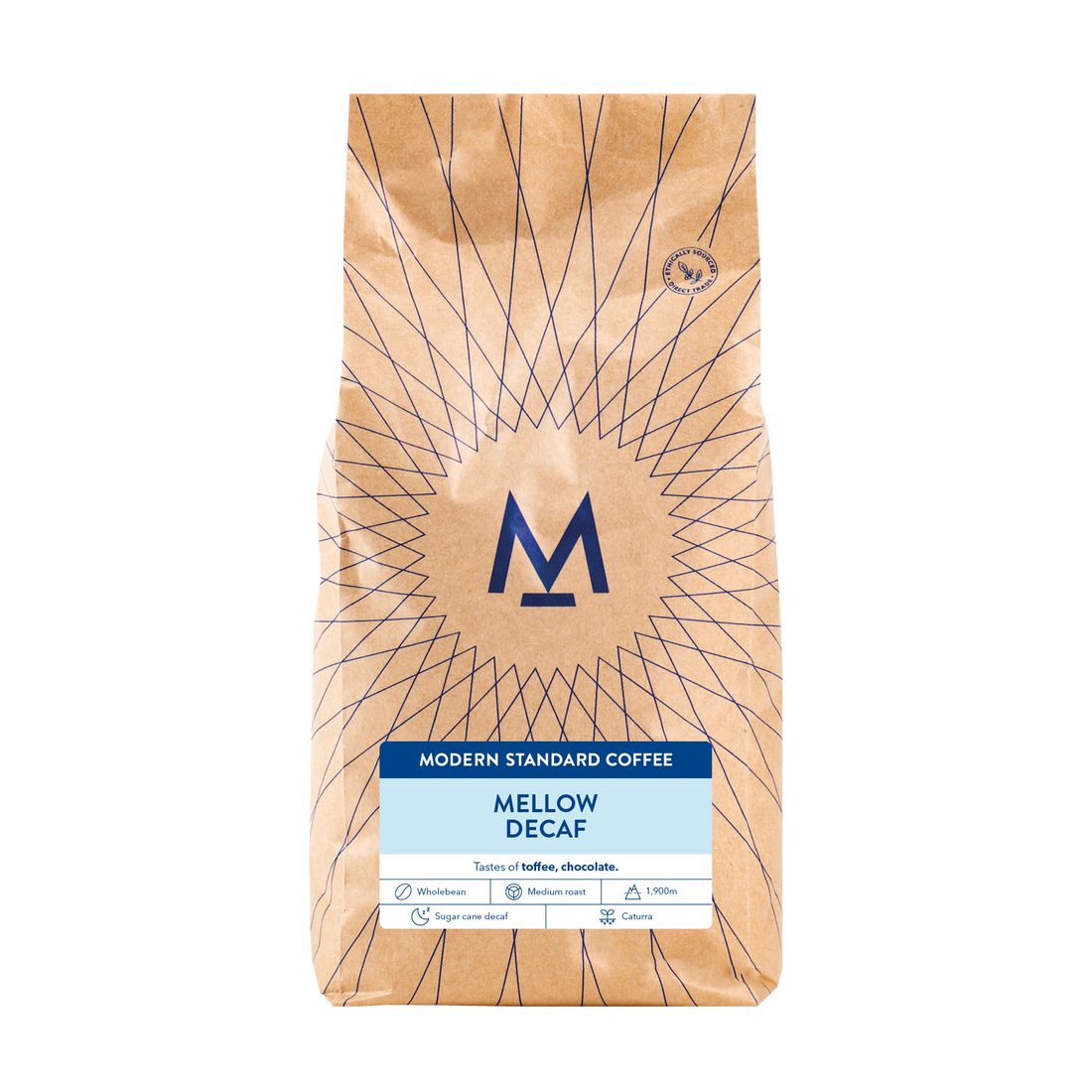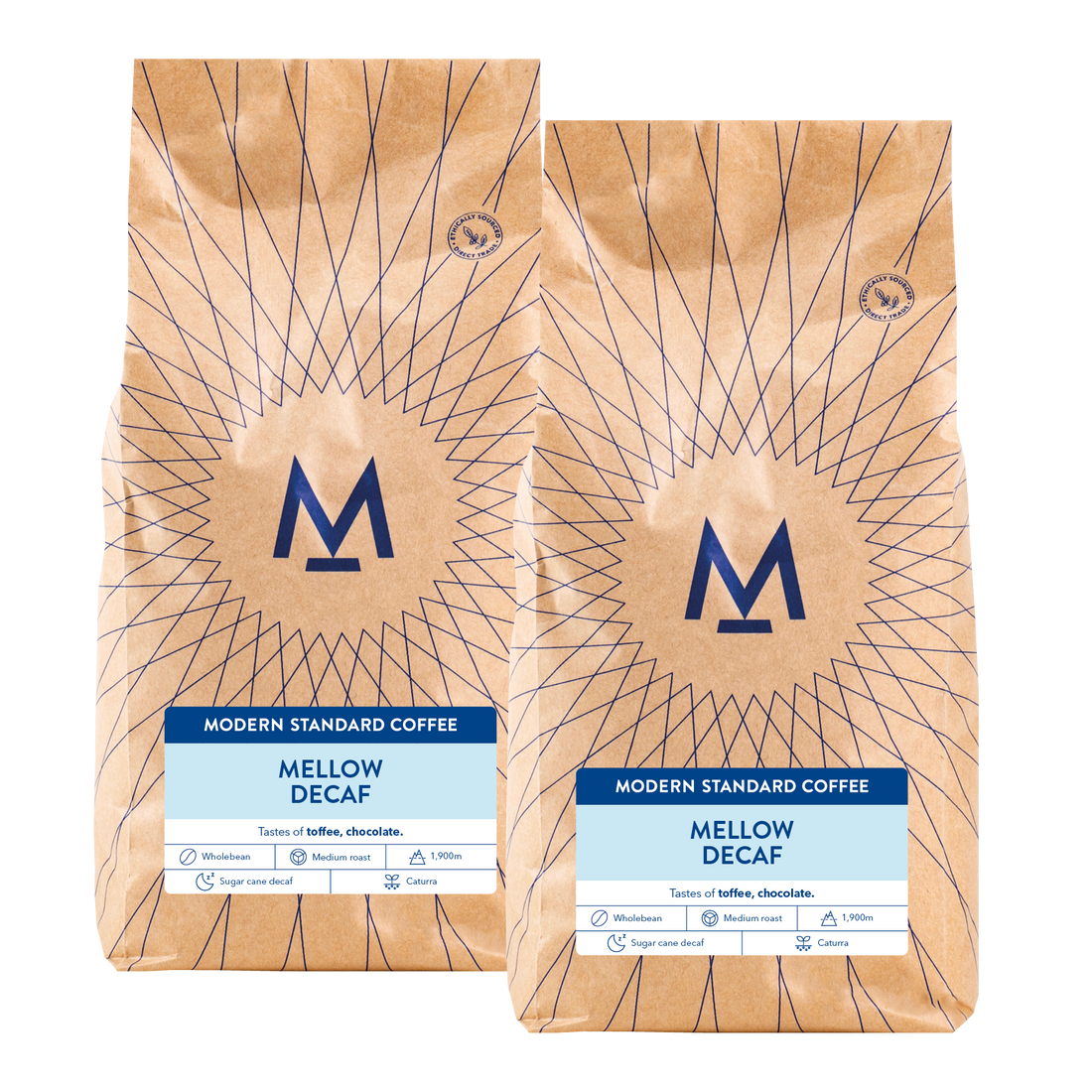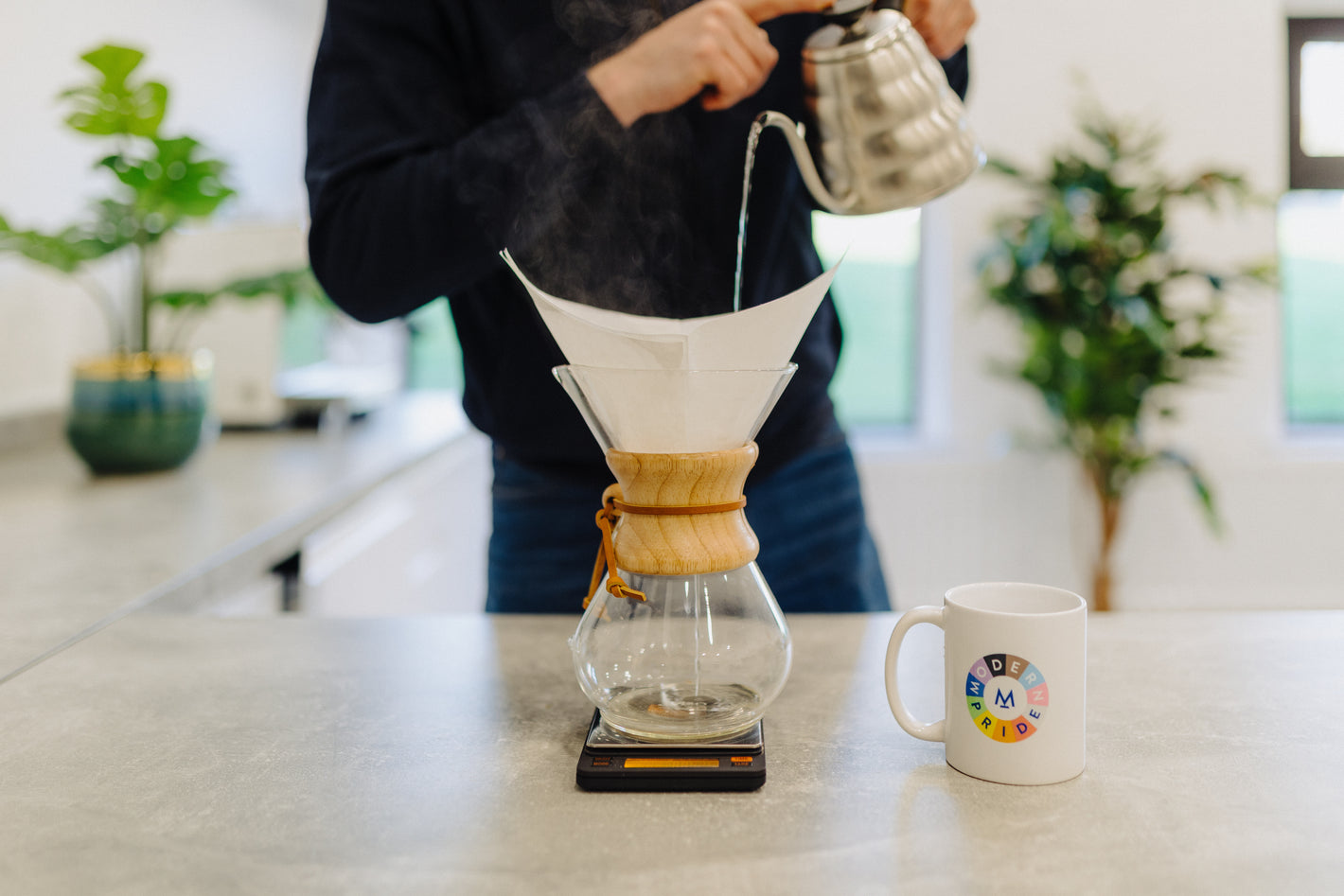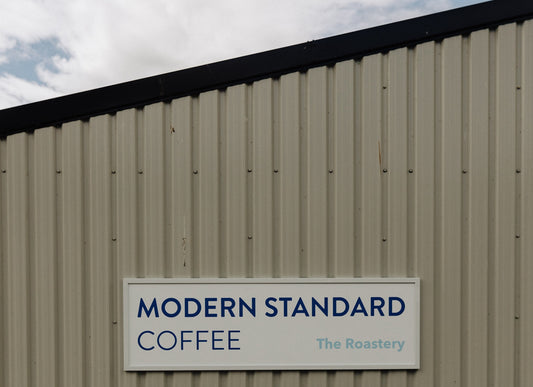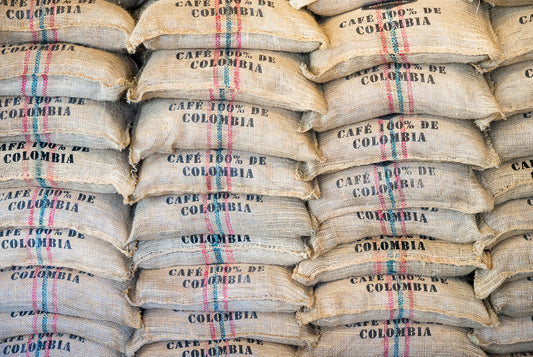
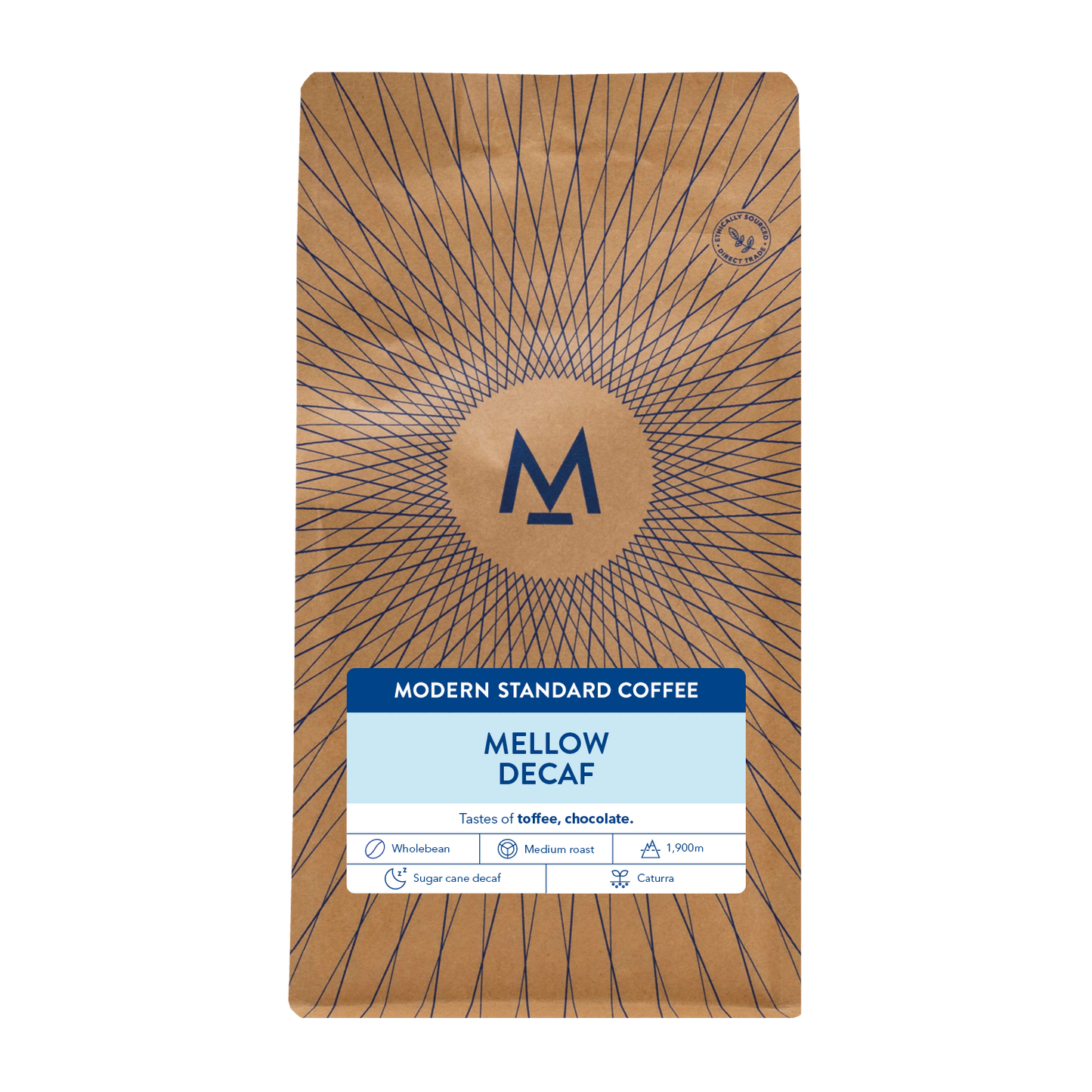
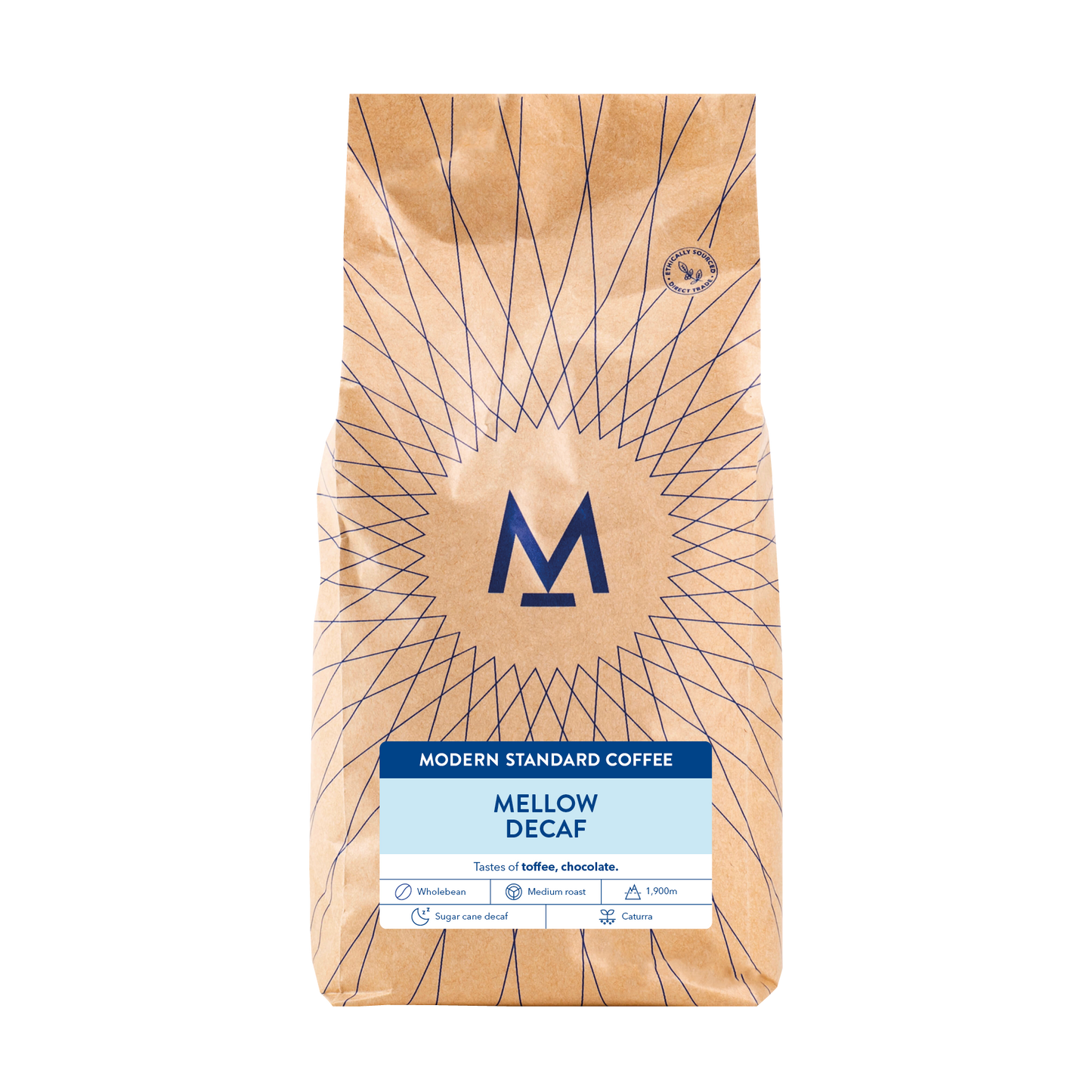
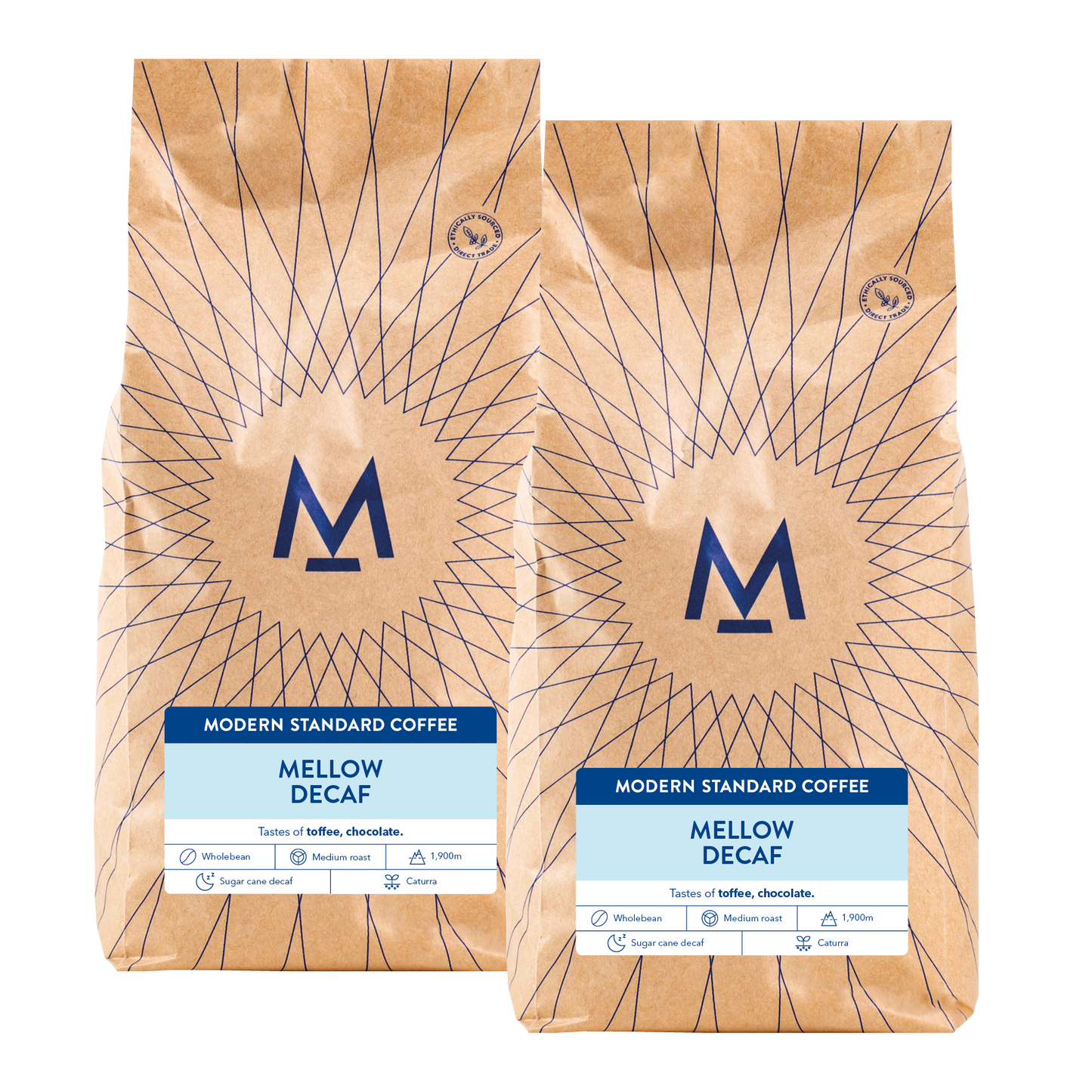
The overview
| Countries of origin | Colombia |
| Producer | Various smallholders |
| Altitude | 1400 - 2100m |
| Varietal | Caturra |
| Process | Washed |
The coffee
The Tumbaga Sugarcane decaf, is from various small holder farmers across the Cauca, Tolima, Antioquia and Eje Cafetero regions, with farm sizes varying from 1 hectare to 4.5 hectares, and altitudes ranging from 1,400 to 2,100 meters above sea level.
Once the coffee is harvested it is fully washed and fermented. Then it's decaffeinated using a special process using fermented sugar cane.
Why we love it
Our decaf is so good you can't even tell it's decaf. Lots of orange sweetness, tastes delicious with or without milk.
Jo's Brew Guide
Out: 31-33g
Time: 24-26s
Decaf coffee needs to be ground finer, so make sure to adjust your grinder.
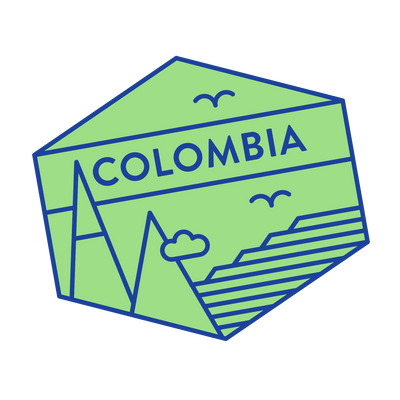
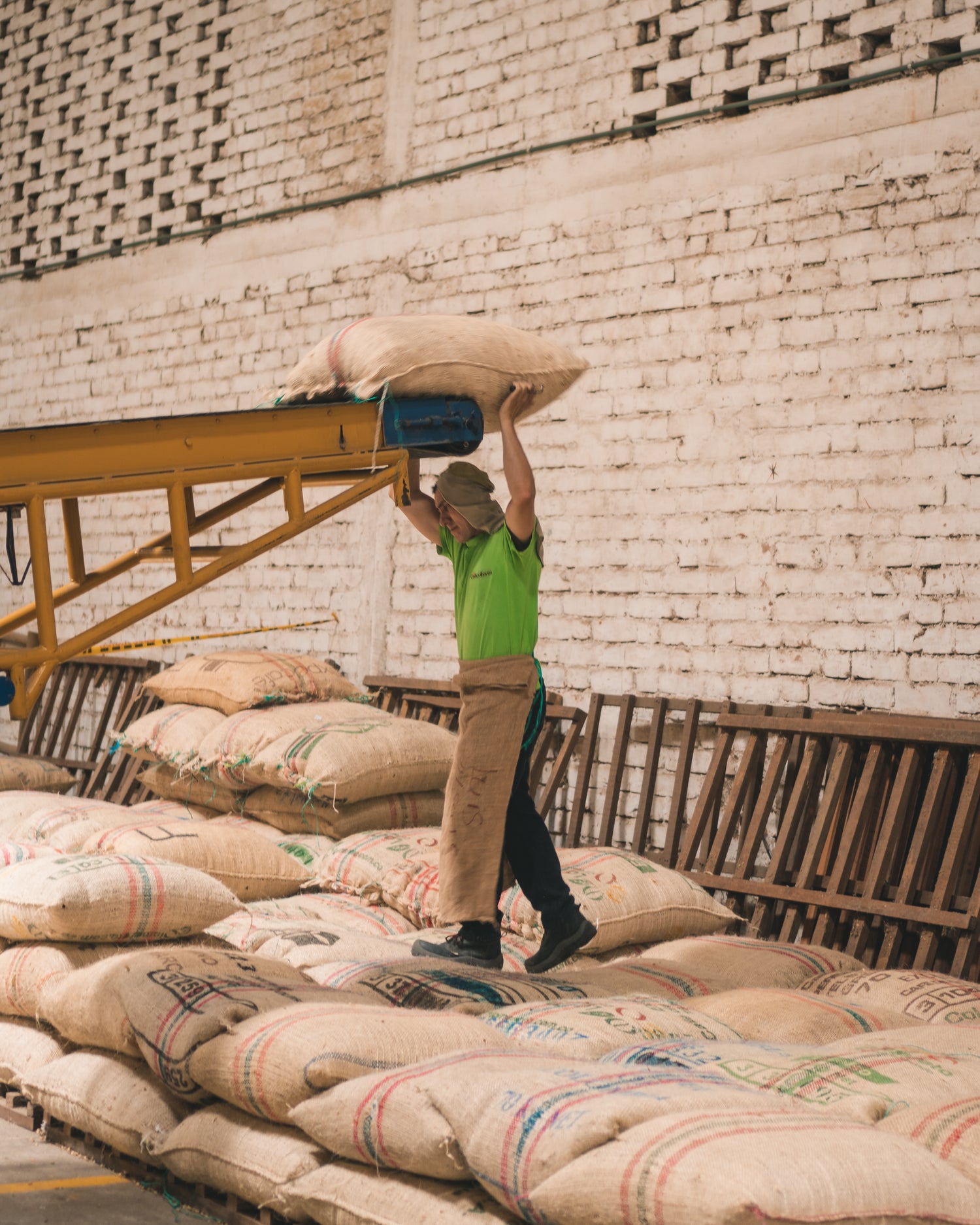
Sugarcane decaf process
Sugarcane decaffeination utilizes a naturally occurring compound, ethyl acetate (EA) to decaffeinate coffee. The EA used in this process is derived from molasses (a byproduct of sugar production). Since EA is naturally-occurring, the process is labeled as “naturally decaffeinated.”
The EA process is relatively simple. The coffee beans are moistened with water and EA is circulated throughout. The EA binds with the caffeine in the bean and extracts the caffeine while leaving most of the other flavor compounds. After the desired caffeine level is reached, the EA residue on the beans is removed by steaming them.
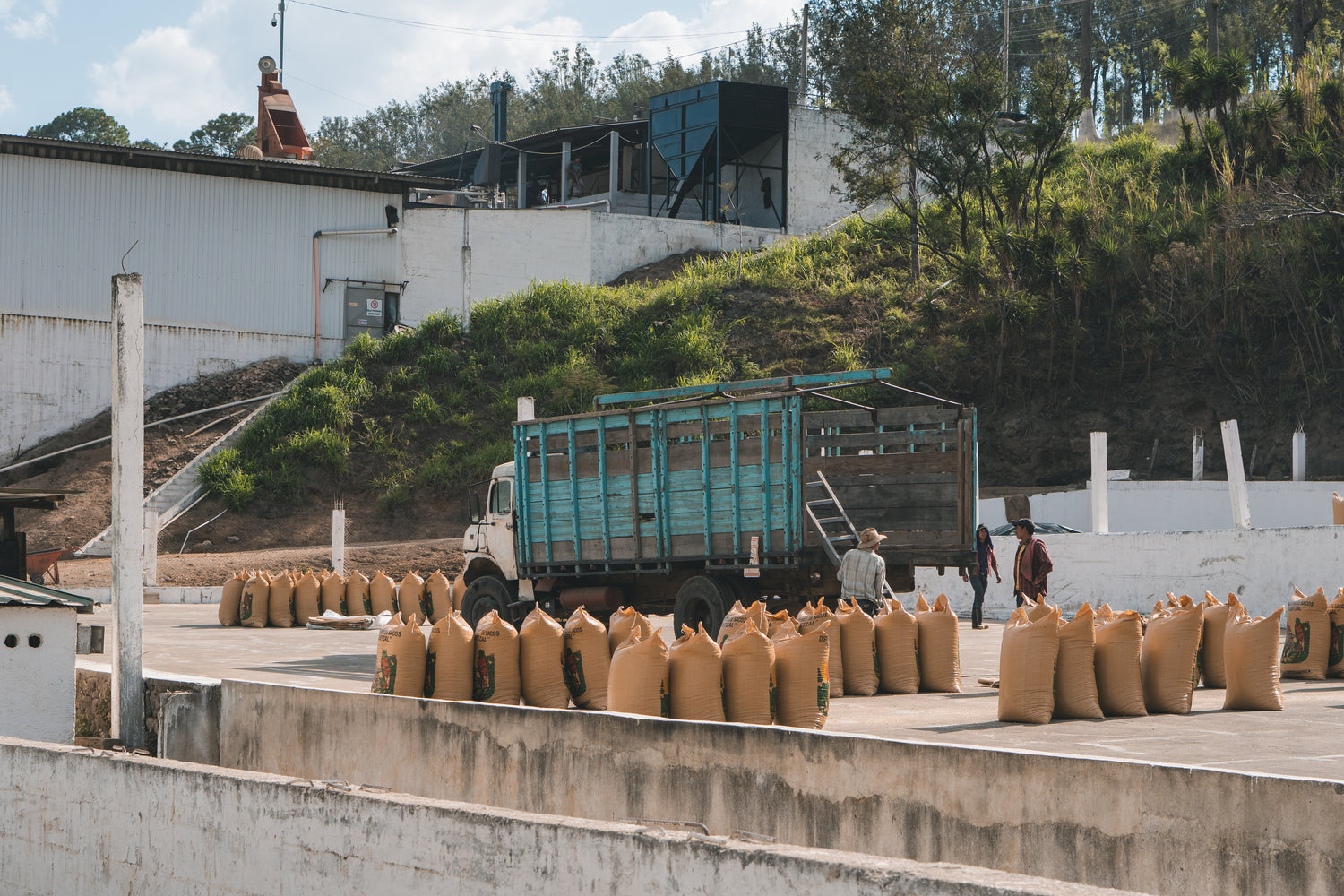
Colombian Coffee
Colombia has been producing and exporting coffees renowned for their full body and bright acidity since the early 19th century. Thanks to its wide range of coffee growing regions, microclimates, and altitudes, Colombia is harvesting throughout the year.
Colombia boasts a wide range of microclimates and geographical conditions that produce the unique flavours so loved in Colombian coffees. While there are many sub-regions and progressively smaller geographical designations—all the way down to individual farms—broadly speaking, coffees in Colombia can be separated into three major regions whose climate, soils and altitudes affect tastes.
